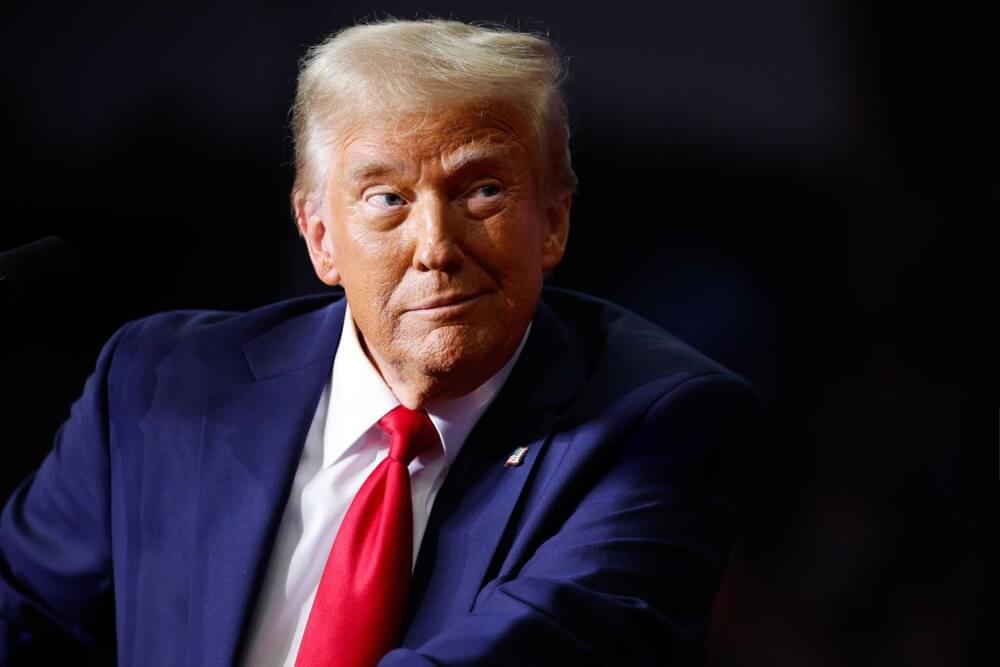Iran is currently experiencing its most dramatic days in recent decades. The US and Israeli airstrikes on key nuclear facilities have triggered a chain of events whose effects are not yet foreseeable.
The message from Tehran, conveyed by the Iranian armed forces spokesperson Ebrahim Zolfaqari, was clear: "Mr Trump, the gambler, you may start this war, but we will be the ones to end it."
Today, Iran has entered a phase in which diplomacy no longer offers a way out. The Iranians are no longer relying on asymmetrical operations by their proxies, militias, and mercenaries, but on an open demonstration of their military might.
The closure of the Strait of Hormuz, which was supported by parliament but still requires a decision by the Supreme National Security Council, has already triggered a wave of panic in the oil markets.
On the economic side, the effects are already visible - the price of Brent oil has reached its highest level in five months at $78.5 per barrel. Goldman Sachs estimates that Brent could reach $110 per barrel in the event of a partial closure of the Strait of Hormuz. This would have far-reaching consequences for inflation and energy policies around the world.
The financial markets reacted with increased interest in "safe investments". The dollar rose, while the euro and the yuan fell. Investors are diverting their capital towards government bonds, gold, and the Swiss franc.
The risk of a damage to the international order
The world is looking for a way to calm the situation. The UN Security Council called for an urgent discussion. Secretary-General Antonio Guterres said the bombing of Iran's nuclear facilities increase the risk of a wider war and “serious damage to the international order.”
Chinese and Russian representatives on the Council are in favour of an immediate end to tensions, while the American delegation rejected a proposal to condemn the military actions.
The EU appealed to Iran to refrain from taking further steps, in particular the closure of Hormuz. The EU High Representative for Foreign Affairs and Security Policy, Kaja Kallas, explicitly warned that such a measure would be "extremely dangerous and damaging for everyone".
Tehran offers mediation proposals from Qatar and Oman - an end to the escalation in exchange for the continuation of nuclear negotiations and the lifting of Western sanctions
In addition to the threat of closing the Strait of Hormuz, Tehran has other means of exerting pressure. This could be followed by precision drone and missile attacks on American and British bases in the Gulf, attacks on diplomatic missions or cyberattacks on energy and financial networks.
At the same time, Iranian Foreign Minister Abbas Araqchi is in Moscow talking to Putin and other officials about political and economic support - Russia condemns the American attacks but rejects military involvement.
Tehran also offers mediation proposals from Qatar and Oman: an end to the escalation in exchange for the continuation of nuclear negotiations and the lifting of Western sanctions.
Time is running out
In the coming days, the UN Security Council will therefore convene an extraordinary session in which Iran can officially request a declaration that Article 51 of the Charter on the fundamental rights of self-defence has been violated.
This move would test the real power of the UN and the effectiveness of international negotiations in preventing nuclear proliferation and further destabilisation of the region.
The American position, i.e., President Trump's position, remains unequivocal. The goal is to destroy the Iranian nuclear programme, collapse the existing power structures in Tehran and increase pressure on the regime. Trump openly asked, "Why shouldn't we seek regime change?"
 "Why shouldn't we seek regime change?" - Donald Trump
"Why shouldn't we seek regime change?" - Donald Trump
In Washington and London, officials are increasingly posing the question of whether military action will halt the Iranian nuclear programme or plunge the region into open conflict.
In the US Congress, and among Republicans in particular, the justification for the strike is increasingly being called into question, and a clear definition of the objectives and duration of the operation is being demanded.
The European governments are pursuing two different strategies. On the one hand, they are showing solidarity with the coalition of the USA and Israel; on the other, they are protecting their own energy and trade interests.
The UK is already developing a plan to protect refineries in the event that the oil price rises above 90 dollars per barrel.
The situation could change considerably in the next few days. The UN Security Council will convene an extraordinary meeting at which Iran will formally request the cessation of the US airstrikes as a violation of international law.
At the same time, the United States will strengthen its presence in the Gulf by establishing additional bases and reinforcing the naval fleet, while negotiations will begin in the Oman format in an attempt to define the conditions for ending the conflict.
In such an atmosphere, the first operational actions of Iranian Shia militias on the borders of Syria and Iraq can be expected, which will confirm the asymmetrical nature of the conflict.
Furthermore, increased cyber threats targeting London's financial centres will indicate that Iran's response extends beyond regional frameworks. Anyone who continues to view this conflict as localised will have to admit that Tehran may not only react more violently than anyone expected, but that its actions will have far-reaching global consequences.
While diplomatic initiatives and negotiations in the Oman format remain the only viable means of preventing further escalation, time is rapidly running out.
If the UN Security Council fails to reach an agreement and Iran formalises the blockade of the Strait of Hormuz, there could be permanent disruptions to energy flows and rising global tensions.
The United States and its allies must quickly agree on a strategy that both neutralises Iranian threats and maintains reliable supplies because each day of delay increases the risk of a global economic storm.